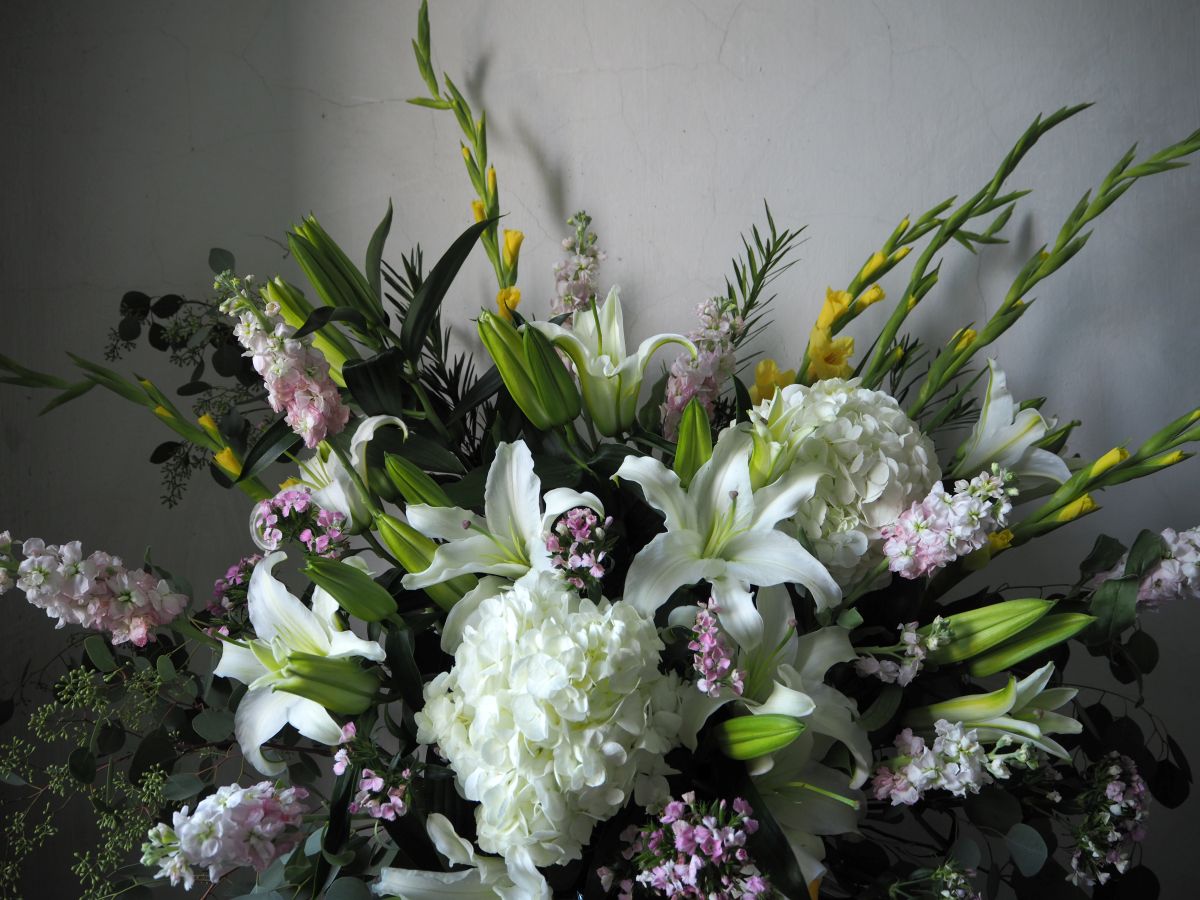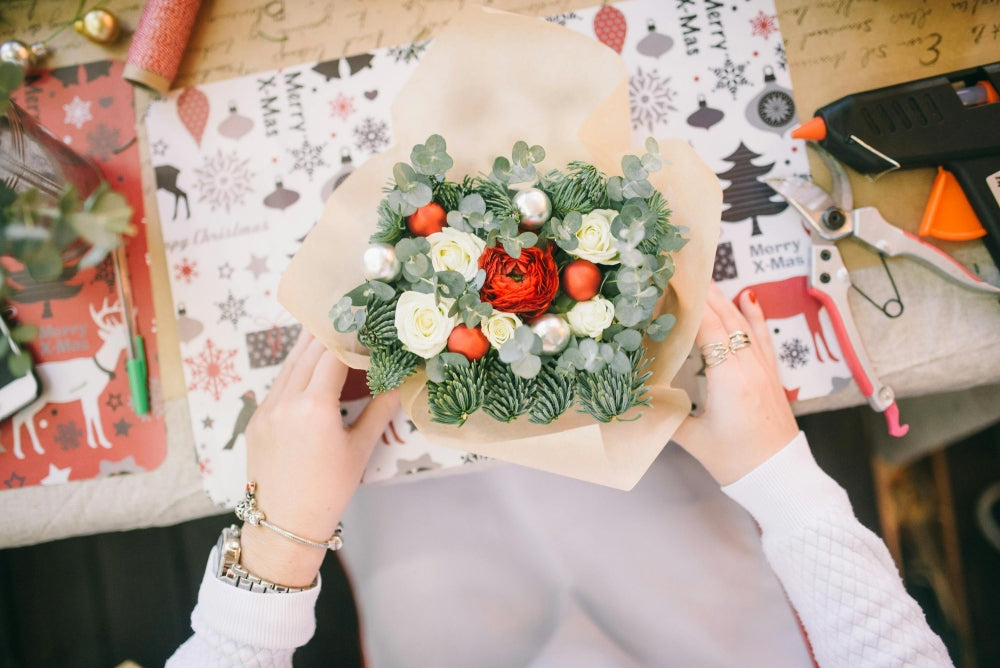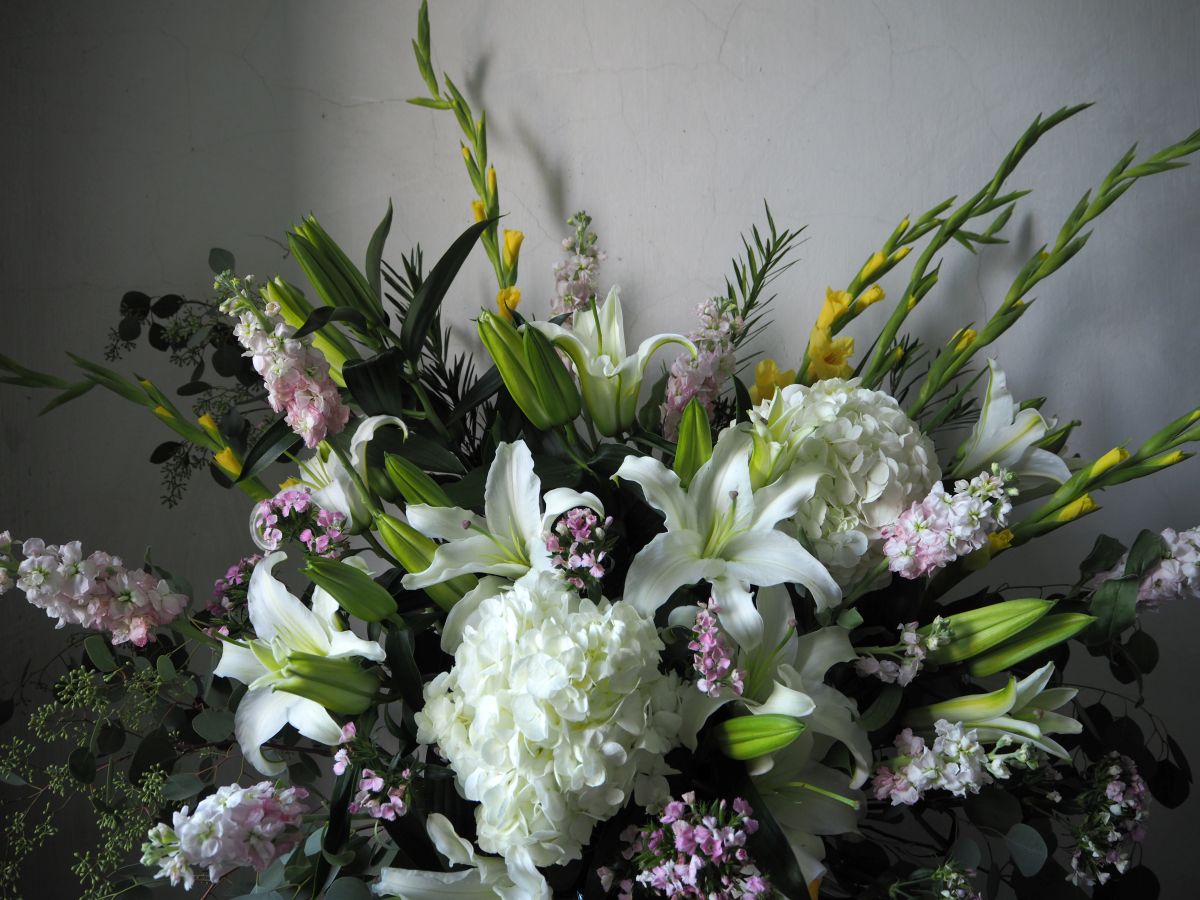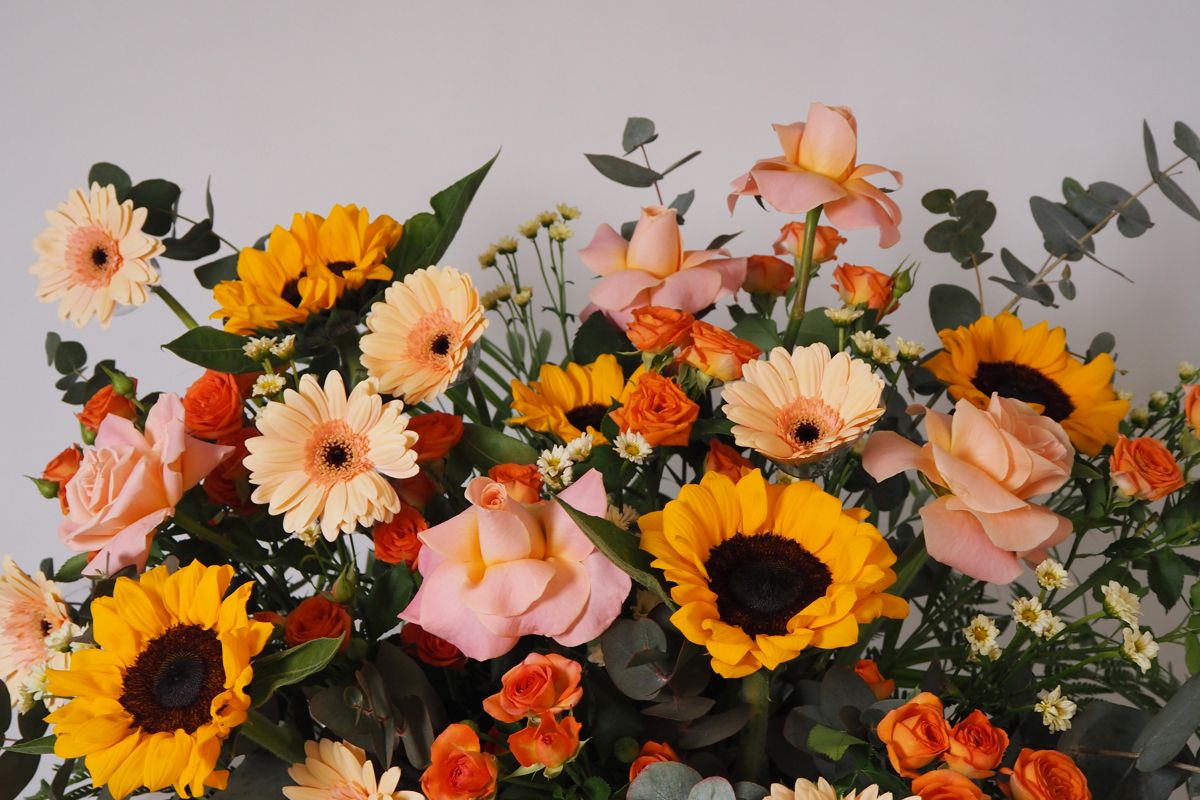In any respect, sending a floral tribute is one of the most heartfelt ways to offer comfort during a time of loss. However, understanding flower etiquette for funerals is essential, as different cultures and religions have their own customs and beliefs.
What might be a beautiful, appropriate tribute in one tradition, such as using white or pastel flowers like chrysanthemums and lilies, could be considered disrespectful in another. As your trusted florists, we want to help you navigate the proper etiquette for sending flowers when someone passes, ensuring your gesture of sympathy is received with the grace and sincerity with which it was sent.
Navigating Funeral Customs in Singapore's Diverse Society
Singapore is a melting pot of diverse ethnic and religious communities, including Chinese, Malay/Muslim, Indian/Hindu, and Christian. Each of these groups holds its own unique traditions regarding funeral rituals and the role of floral tributes.
When preparing to send a condolence arrangement, it's always mindful to consider the family's cultural background and religious beliefs. You might also want to consider whether the service is being held at a home, a place of worship, or a columbarium.
If you're ever in doubt, remember that a simple, respectful arrangement in neutral tones is always a safe and thoughtful choice.
Widely Accepted Flowers for Condolence
Certain flowers are widely used as symbols of condolences due to their meaningful associations. Understanding these can help you select an arrangement that conveys your feelings perfectly.
1. Chrysanthemums
As a classic choice for funeral flowers, chrysanthemums are deeply symbolic, widely associated with grief, purity, and sorrow. White chrysanthemums, in particular, convey mourning and respect, while their yellow counterparts symbolise the beauty of enduring memories.
2. Lilies
Lilies often symbolise the restored innocence of the soul after death, as well as peace. For Christians, lilies are an elegant and safe choice that symbolise the Virgin Mary's purity, new life, and resurrection.
3. Roses
White and light pink roses convey purity and admiration, respectively, while red roses express deep love and profound grief. However, it is advisable to avoid red roses unless you are certain they are culturally appropriate for the family, as they can be seen as a colour of celebration in some cultures.
4. Orchids
In Chinese and Western cultures, orchids are a beautiful and timeless way to express your condolences as they symbolise eternal love. Most sympathy arrangements feature elegant white and purple orchids, which are generally well-received and appreciated across various cultures for their graceful and dignified appearance.
Choosing Appropriate Colours

In Singapore, white is the most universally accepted colour for funeral flowers, representing purity, peace, and reverence. Beyond white, consider yellow for remembrance, or pale pink for compassion, affection, and a soft, respectful tone.
While purple can symbolise a family’s deep sorrow, it is best to avoid bright, celebratory colours like red, orange, or hot pink, as they are generally considered unsuitable for a sombre occasion.
Cultural and Religious Considerations
It’s always a good practice to have a general idea of the meanings behind the flowers you send, especially since cultural and religious traditions heavily influence what is considered appropriate. For example:
- In Christian funerals, white roses, lilies, and orchids align with traditional flower etiquette practices.
- For Buddhist funerals, sending flowers is generally acceptable. However, it's important to know that bringing any red flower is considered bad etiquette.
- During Asian funerals, sending white or yellow chrysanthemums is often appreciated. But red flowers should be avoided as they symbolise happiness and celebration.
- When it comes to Islamic funerals, flowers aren’t typically part of their rituals. If you're unsure, it is always best to consult a religious leader or respectfully ask the family if floral tributes are welcome.
Selecting the Right Type of Arrangement
Funeral flowers typically come in several forms, each serving a different purpose. Understanding these options is a key part of what is proper etiquette for a funeral and ensures your tribute is fitting for the service.
- Standing Wreaths: These are formal arrangements displayed prominently at wakes or funerals, attached to an easel or stand.
- Condolence Bouquets: These are appropriate for anyone to send, and they are usually delivered directly to the bereaved.
- Casket Sprays: These flower arrangements are placed on top of the casket and are generally purchased by immediate family members.
- Crosses, Wreaths, and Hearts: These symbolic arrangements are often displayed on a stand near the casket and are acceptable to be purchased by friends and family members.
Crafting a Heartfelt Condolence Message
Given that the cards for floral arrangements are typically small, it is best to keep your words brief, respectful, and aligned with the bereaved’s cultural norms and religious beliefs. Always remember to sign your name and surname so the family knows who the flowers are from.
Here are a few sincere messages to get you started:
- "Thinking of you in these difficult times."
- "Please accept our heartfelt condolences."
- "With our deepest sympathy. May you find peace and comfort."
- "In loving memory of [Name]."
Additional Etiquette and Tips
Navigating the logistical side of sending condolence flowers can be challenging, particularly when you're grieving.
Who Should Send Flowers?
Generally, anyone can send flowers to a funeral unless the family has specified otherwise. Make sure to consult with the family or funeral director before making any arrangements.
When and Where to Send Your Arrangement
If the service is at a funeral parlour or religious venue, you should have the arrangement delivered directly to the funeral director or venue on the morning of the service so it arrives before the viewing time.
But when is it too late to send sympathy flowers?
A late gesture of support is always better than none, so even if you miss the service, sending a tribute to the family afterward is a thoughtful way to show you're still thinking of them.
Bringing Flowers to the Service
Bringing flowers to a funeral is supposedly ideal. To be safe, having the floral arrangement sent in advance by a reliable fresh flower delivery service is the more respectful and accepted practice.
Memorial Service vs. Funeral Flowers
If a family is holding a memorial service instead of a traditional funeral, it is still common to send flowers to the service in the same way you would for a funeral. The same rules of etiquette apply regarding timing, style, and cultural sensitivity.
Budgeting for Sympathy Flowers
There is no set amount you should spend on sympathy flowers, as the gesture is more important than the price. However, the cost of funeral flowers typically ranges from S$129 to S$179, and a good florist will be able to offer advice on choices that fit your budget.
A Final, Thoughtful Tribute

Funeral flowers are a silent tribute, expressing sympathy when words are difficult to find. When chosen with care and cultural sensitivity, they can offer comfort and support in a time of grief.
At The Bloom Box, our online florists understand the importance of this gesture. As the trusted source for funeral flower arrangements, we are here to help you express your condolences with grace, while our seamless condolence flower delivery service ensures your tribute arrives fresh and on time.





